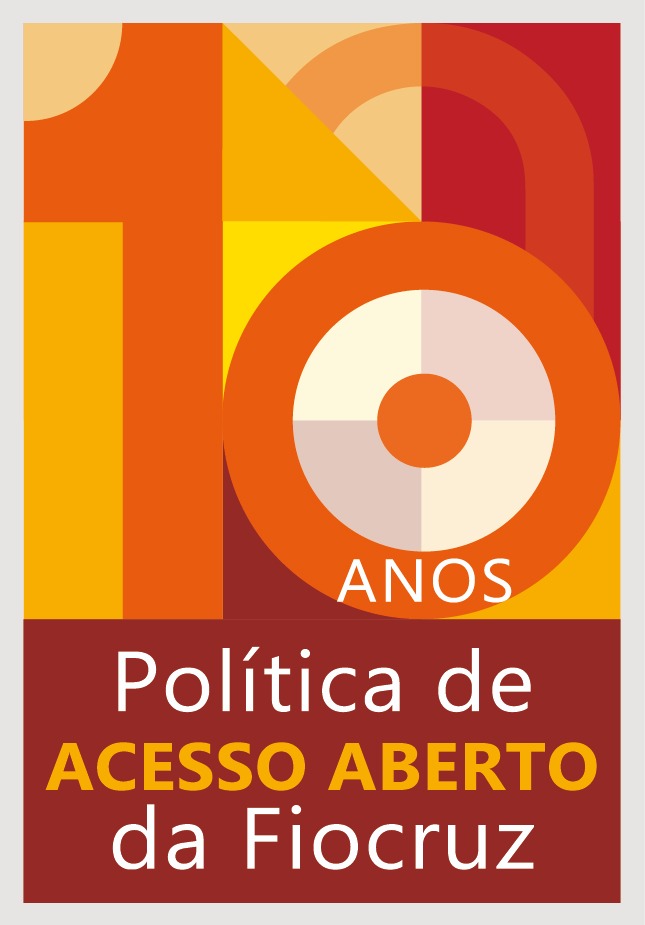During the first weeks of social distancing due to the Covid-19 epidemic, a great part of the Brazilian population reported mood issues. Forty percent felt sad or depressed and 54% felt anxious or nervous frequently. The percentages were even higher among young adults (between 18 and 29 years old): 54 and 70%, respectively.
This is one of the many results identified in the first phase of ConVid - Behavior Research, which aimed to describe the changes in routine activities, work situation and performance, healthcare and healthy behaviors, evaluating the mood of Brazilians during the period of social isolation due to the pandemic.
The investigation was coordinated by the Institute of Scientific and Technological Communication and Information in Health (Icict/Fiocruz), in a partnership with the Federal University of Minas Gerais (UFMG) and the State University of Campinas (Unicamp). More than 40 thousand Brazilians answered an online questionnaire, providing data for the first phase of the research, which collected data between 24 April and 8 May.
The questions were well encompassing and included items such as frequency of physical activity (which has dropped), food intake, and changes in the socio-economic context. But the thing that stood out the most for the researchers was the increase in mental health problems among the population, especially among young people.
“I was not expecting such a high percentage of people feeling sad or depressed, or anxious or nervous”, explains researcher Celia Landmann Szwarcwald, of Icict/Fiocruz, who coordinates the work. “There have also been increases in smoking habits, alcohol consumption, and consumption of chocolate and sweets”.
Women more affected than men
Women reported mood issues more frequently than men: the percentage of women feeling sad or depressed frequently during the pandemic was 50%, while that of men was 30%. The percentage of those who felt anxious/nervous frequently was 60% among women and 43% among men.
Among smokers, 23% reported an increase of 10 cigarrettes per day, and 5% reported an increase of more than 20. The percentage of an increase of about 10 cigarettes per day was higher among women (29%) then among men (17%). In the total of the population, 18% reported increased consumption of alcohol during the pandemic. The highest increase took place among people between 30 and 39 years old (26%). This increase was associated to the frequency of feelings of sadness or depression: the higher the frequency, the higher increase of alcohol ingestion.
According to Szwarcwald, this anguish may be caused by more than just the social distancing, as even those who are not isolated at home, which are most of Brazilians, frequently report depression. “Among those who already had a diagnostic of depression, 47% said their health worsened”, she adds.
More than half self-employed people are not working
Socio-economic aspects also contributed to the anguish and depression. In general, 55% of people reported a reduction in the family income, and 7% were left without income at all. The population whose per capita income was inferior to half a minimum wage suffered the most: 64% lost income and 11% were left with no income at all. Among the self-employed, 58.6% of those interviewed said they were left without work.
Another surprising result was the fact that among young adults (18-29 years old), 54% said they were sad/depressed and 70% felt anxious/nervous frequently, the higher percentage per age group. “In general, these are people who have an intense social life. In its absence, they spend hours in front of their tablets, computers or cell phones”, says the scientist.
Researchers believed adhesion to complete social isolation would be higher. Less than 15% declared having stayed strictly at home, going out only for health issues, while 59.5% went out only to go grocery shopping or to the drugstore. “Even amongst the elderly, the percentage of total isolation was 30.1%. About 24% of people are still leaving their homes, especially adults between 30 and 49, who have been leading an almost normal life, apart for some some measures, such as keeping their distance from people and refraining from visiting the elderly”, analyses Szwarcwald.
Sedentariness has also been on the rise. Among people who used to practice some physical activity three or four days a week, 46% reported interrupting this routine; among those who worked out five or more days every week, this percentage was of 33%. The average time spent watching television was reported to be approximately 3 hours, an increase of 1 hours and 20 minutes from the average time prior to social isolation.
During the pandemic, 23% reported using tablet or computer for 8 hours or more, and the average time of use of these devices reached more than 5 hours, an increase of one and a half our when compared to life before the social distancing measures. “The number of hours spent watching television went up among people with all levels of education, which is not common. People are now watching TV for more than 3 hours a day. Not for leisure, but looking for news. And these news are often anguish-inducing”, alerts the scientist.
The ConVid sample was calibrated using figures from the National Survey of Sample per Household (Pnad, 2019), of the Brazilian Institute of Geography and Statistics (IBGE), to obtain the same distribution per state, gender, age group, race/ethnicity, and level of formal education in the Brazilian population. The survey is still ongoing.
![]()
![]()
![]() O conteúdo deste portal pode ser utilizado para todos os fins não comerciais, respeitados e reservados os direitos morais dos autores.
O conteúdo deste portal pode ser utilizado para todos os fins não comerciais, respeitados e reservados os direitos morais dos autores.



